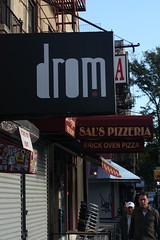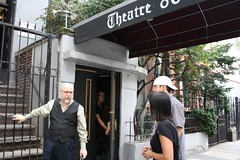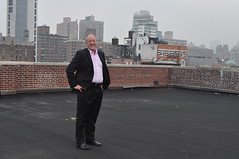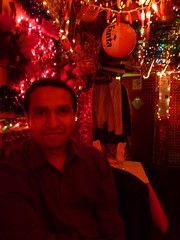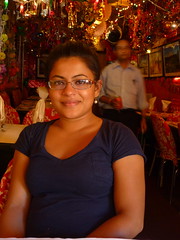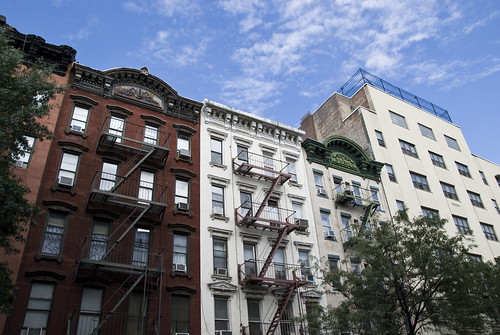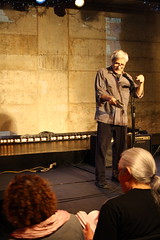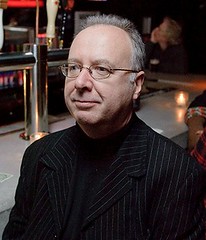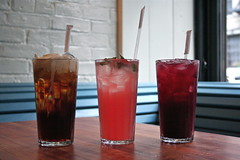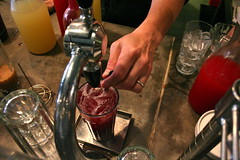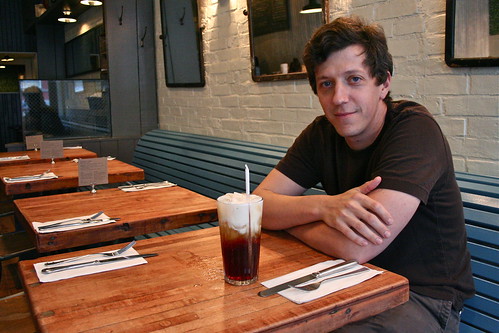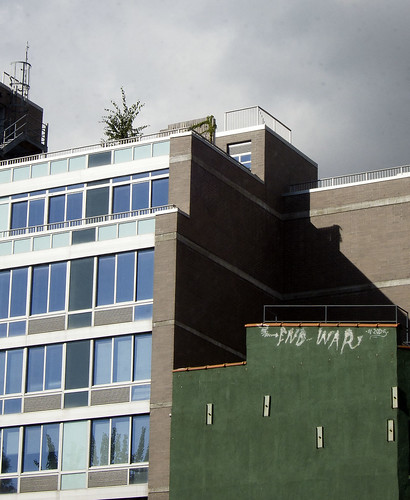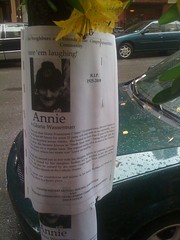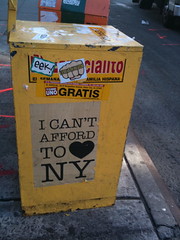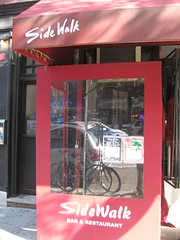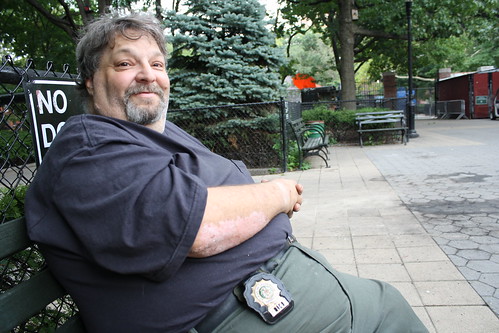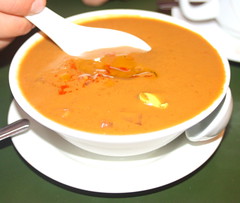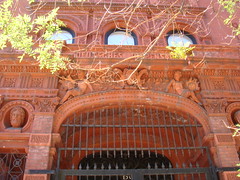 Sophie Hoeller The Deutsches Dispensary, Third Avenue and St. Marks, an enduring icon of the East Village’s history as “Little Germany.”
Sophie Hoeller The Deutsches Dispensary, Third Avenue and St. Marks, an enduring icon of the East Village’s history as “Little Germany.”Last Friday, at the start of the first weekend of Oktoberfest, we wrote about the East Village’s former notoriety as “Little Germany,” an enclave for German immigrants in the 19th century.
As the celebration of German culture comes to close this weekend, the answer to one question remains elusive: What happened to the German community in the East Village?
Some historians — and at least one reader — link Little Germany’s decline to the General Slocum disaster in 1904, when a chartered cruise boat carrying members of the St. Mark’s Evangelical Lutheran Church to a picnic, caught fire in the East River, killing more than 1,000 people, including many inhabitants of Little Germany.
A memorial of the General Slocum disaster can be found in Tompkins Square Park, where a small fountain reminds us of the Germans who lost their lives.
However, author William Grimes said that the decline was due more to the classic immigrant pattern of “succeed and disperse,” in which immigrants prospered and moved out of the immediate neighborhood. Many successful Germans moved to 86th Street, creating Yorkville, another German enclave of which little remains.
Read more…



